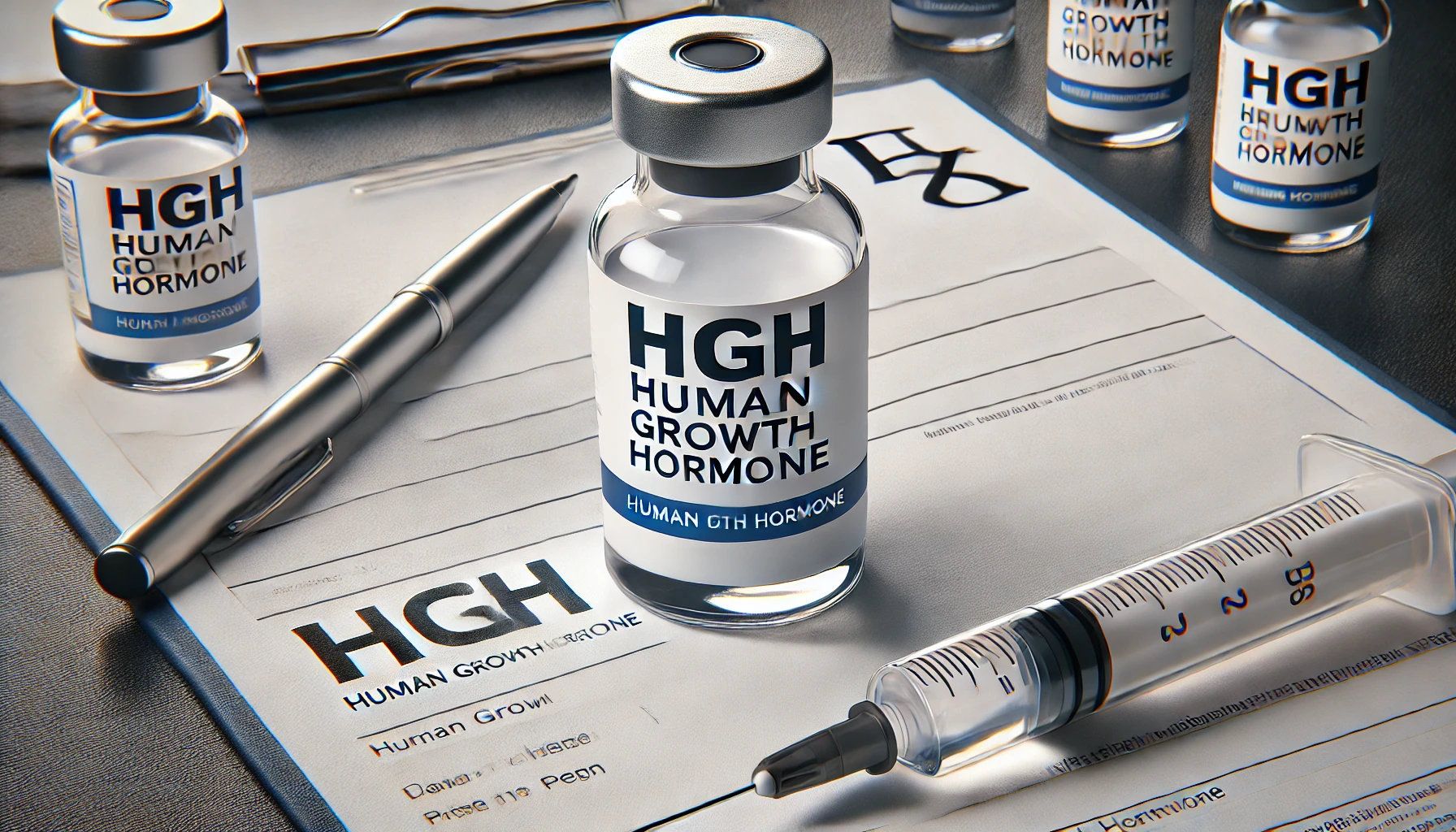In today’s fast-paced industrial and corporate environments, workplace safety has become a critical concern for organizations worldwide. With the rise of technology-driven safety solutions, Real-time safety alerts have emerged as a powerful tool to prevent injuries before they happen. These systems provide instant notifications about hazards, unsafe behaviors, or environmental risks, allowing employers and employees to take immediate action. By integrating real-time monitoring and communication, organizations can drastically reduce accidents and create a proactive safety culture that prioritizes prevention over reaction.
Understanding Real-Time Safety Alerts
What Are Real-Time Safety Alerts?
Real-time safety alerts are automated notifications that inform workers and management about potential safety hazards as they occur. These alerts can be triggered by wearable sensors, IoT-enabled devices, mobile apps, or environmental monitoring systems. Whether it’s a sudden gas leak, a worker entering a restricted zone, or machinery overheating, the alert system instantly communicates the risk to the concerned individuals or safety teams. This immediate awareness allows for swift preventive actions, reducing the chance of injury or fatality.
Why Real-Time Communication Matters
Traditional safety systems rely heavily on manual reporting and post-incident analysis. However, these methods often delay response times. Real-time communication bridges this gap by ensuring that hazards are detected and reported instantly. It transforms workplace safety from a reactive process into a predictive one, where potential dangers are managed before turning into actual incidents.
The Role of Technology in Preventing Injuries
IoT and Sensor-Based Monitoring
The Internet of Things (IoT) has revolutionized workplace safety. Sensors embedded in machinery or wearable devices continuously monitor factors such as temperature, gas concentration, movement, and noise levels. When abnormal readings are detected, real-time safety alerts are triggered automatically. For example, in a manufacturing plant, an IoT sensor can detect a rise in equipment temperature and immediately notify the operator before a breakdown or fire occurs.
Artificial Intelligence and Predictive Analytics
AI-powered systems can analyze massive amounts of safety data to predict possible risks. By studying patterns in behavior, environmental conditions, and historical data, AI identifies warning signs that may lead to accidents. When combined with real-time safety alerts, these insights enable companies to act preemptively. For instance, if data shows frequent near-miss incidents in a specific area, safety teams can investigate and correct underlying issues before they result in serious injuries.
Mobile Applications and Cloud Platforms
Cloud-based safety platforms allow organizations to centralize safety data and share alerts across departments or locations. Mobile apps make it easier for employees to receive and respond to alerts instantly. Supervisors can track incidents in real time, analyze trends, and implement improvements, all from a single dashboard. This level of accessibility enhances coordination and ensures that no alert goes unnoticed.
Benefits of Real-Time Safety Alerts in the Workplace
1. Immediate Risk Identification
The primary benefit of real-time safety alerts is the ability to identify and address risks immediately. Whether it’s a spill in a lab, an electrical fault, or a fall hazard, alerts notify relevant personnel within seconds, giving them valuable time to act.
2. Reduction in Workplace Injuries
With timely notifications, employees can avoid hazards before harm occurs. Studies show that workplaces using real-time alert systems experience fewer accidents and lower injury rates. The proactive nature of these systems ensures that minor hazards don’t escalate into major incidents.
3. Enhanced Safety Culture
When employees see that their organization invests in real-time safety technology, they develop greater trust and responsibility toward maintaining safety standards. This fosters a strong safety culture where prevention becomes a shared priority.
4. Compliance and Legal Protection
Regulatory bodies like OSHA require organizations to maintain safe working environments. Real-time safety alerts help companies stay compliant with safety regulations by providing documented evidence of hazard detection and response. This not only minimizes legal risks but also demonstrates a company’s commitment to employee well-being.
5. Cost Savings and Operational Efficiency
Accidents are costly — not just in terms of medical expenses, but also downtime, damaged equipment, and lost productivity. By preventing incidents, companies can significantly cut costs and maintain smooth operations. The investment in safety alert technology often pays for itself through reduced losses and improved efficiency.
Industries That Benefit from Real-Time Safety Alerts
Construction
In the construction industry, workers face risks from falls, heavy machinery, and structural instability. Real-time safety alerts from wearable devices can warn workers of nearby moving equipment or unsafe conditions, preventing serious injuries.
Manufacturing
Manufacturing facilities are filled with mechanical and electrical hazards. Real-time alerts integrated with machine sensors can detect overheating, abnormal vibrations, or human presence in restricted zones, ensuring immediate intervention before accidents occur.
Oil, Gas, and Chemical Plants
These industries involve handling hazardous materials where even small errors can be catastrophic. Real-time safety alerts monitor environmental parameters like gas leaks or pressure levels, alerting staff before dangerous thresholds are reached.
Warehousing and Logistics
In warehouses, real-time alerts can prevent forklift collisions or injuries from falling objects. By tracking worker movements and vehicle proximity, these systems create a safer workflow and reduce accident risks.
Healthcare and Laboratories
In medical and research environments, safety alerts help monitor air quality, chemical exposure, and equipment functionality. They ensure staff are warned in time to avoid contamination or other safety breaches.
Best Practices for Implementing Real-Time Safety Alerts
Conduct a Risk Assessment
Before deploying any alert system, it’s essential to identify the specific hazards within your workplace. This ensures the technology is tailored to address real and relevant risks.
Choose the Right Technology
Select an alert system that integrates seamlessly with your existing operations. Consider features like multi-channel alerts (SMS, email, app notifications), compatibility with IoT sensors, and user-friendly interfaces.
Train Employees
Technology is only effective when employees know how to use it. Conduct regular training sessions to teach workers how to respond to alerts, report new hazards, and use safety devices properly.
Monitor and Evaluate
After implementation, continuously monitor the effectiveness of your safety alert system. Use data analytics to assess performance, identify recurring hazards, and make necessary adjustments for ongoing improvement.
The Future of Workplace Safety: Predictive and Preventive
The future of real-time safety alerts lies in predictive analytics and automation. As AI and IoT continue to evolve, safety systems will become even more intelligent — not only reacting to hazards but also predicting them before they occur. Wearable technology will advance to monitor workers’ health indicators such as fatigue or heart rate, issuing alerts when conditions suggest a potential safety risk. These innovations will shift workplace safety from prevention to prediction, making injuries even rarer.
Conclusion: Building a Safer Future with Real-Time Safety Alerts
Workplace safety is no longer about reacting to accidents — it’s about preventing them before they happen. Real-time safety alerts provide organizations with the power to protect their most valuable asset: their people. By detecting risks instantly, promoting a proactive safety culture, and integrating advanced technology, these systems significantly reduce injuries and enhance operational resilience. Companies that embrace this proactive approach are not just complying with safety standards — they’re leading the way toward a safer, smarter, and more sustainable future.
Real-time safety alerts are not just a tool; they’re a commitment to saving lives, improving efficiency, and ensuring that every worker goes home safe at the end of the day.



